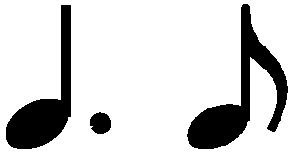



Page:
Source:
p. 3, b. 29-48
Main text
Prezentacja
Select
copy link
Main text

Just like in bars 29-36, in bar 48 of GE the rhythm  is irregularly presented against the triplets. FE also contains such notation, despite the fact that in bars 29-36 the identical rhythm was presented regularly. A similar situation also occurs in the following bars.
is irregularly presented against the triplets. FE also contains such notation, despite the fact that in bars 29-36 the identical rhythm was presented regularly. A similar situation also occurs in the following bars.
See b. 29-36
Compare the passage in the sources»
category imprint: Interpretations within context; Differences between sources
issues: GE revisions, Dotted rhythms and triplets
notation: Rhythm




